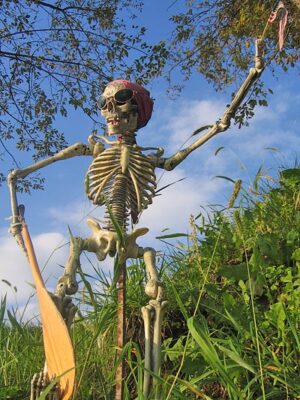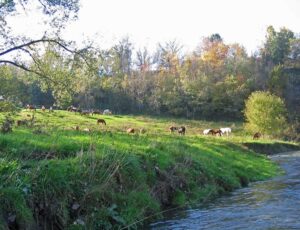
This summer brought a very busy studio filled with deadlines, a little bad luck and a lot of very bad weather in Minnesota with intense flooding in the south, drought in the north. Our rivers are loose for only half the year and all those things must be in alignment or before you know it, the green carpet of summer is suddenly dotted with orange tinged leaves.
And that’s exactly what happened. On October 2nd I walked to my car and found crisp leaves spinning down around me, astonished that I had foolishly nearly missed the rivers. Call it misplaced priorities or too many obligations, call it whatever, but no matter how late you wake up to it, no matter how hard you push against the earth’s spin, you can’t stop the water from turning to ice.


Impending ice is not negotiable so we left early on the 3rd of October for John Snyder’s Iowa farm. I had read of a river south of Decorah, south of the lovely Iowa River — the Yellow — tiny and farm lined, eventually twisting into the Mississippi. Arriving at John’s farm late we found his kitchen counter piled high with magnificent green-topped beets and vegetables grilling on the fire. The next morning we toured John’s new barn studio renovations (he is a brilliant painter) and filled our ice chest. A map check pointed us south, curving on dirt roads to a tiny dot along the Yellow River.
Iowa is tinged with straight-out-of-the-crayon-box-orange in early October, and like a kindergartener’s coloring book, it was scribbled everywhere between the deep greens. Pumpkins lined mowed lawns: three minis for one dollar. Trees stood half green, half orange. Morning light turned brittle corn stalks orange. Roadside tomatoes sat fat and juicy with the color. We missed turns, found turns, bought pumpkins, and wound our way to an outfitter in a named town that was really no more than a string of houses along the river.


Unfortunately, not a person was around. No people meant no shuttle service. Fortunately, a man pulled up, introduced himself as father to the outfitter, and volunteered to run one car down to the take-out, and bring us back to our canoe. He turned out to be a delight, and a collector of Indian artifacts, (some found just across the river, he pointed) and promised a tour of his collection at day’s end.
Sitting down in a valley, the Yellow River twists between farms but is lined by a greenway for much of the river. A Paddling River Pirate saw us off! Evidence of the severe flooding of August was everywhere: trees undercut on the banks, debris high in the branches, and submerged trunks clawing up from the surface. Water rushed fast for late fall, still. Ian was seriously concerned and insisted on zipped lifejackets (PDFs), speaking sharply. He was right.



River-left we spotted a lunch spot complete with steps but the swift current carried us beyond it before we could stop. Paddling back we got a taste of how a gentle stream can be a tough competitor. Ian had packed an orange spread-of‑a lunch but dessert’s Honeycrisp apples drew a swarm of bees. We escaped to an island for a rest amid rushing water and no bees. It was one of those Perfect Places and I sometimes imagine myself there, still.

The river turned through several limestone bluffs and then flattened out to cornfield edging. An eagle, startled to find us at a turn, surprised us with a flight across our path. The sheer size of a nearby eagle is always astonishing yet by the time it joined another to soar the far ridge it was only a tiny dot in the sky. Day’s end brought us to the take-out and here’s where I made a Very Big Mistake, ignoring Ian’s good advice and overshooting an easy take-out for one I thought I understood to be ahead. We ended up dashing to the bank in the muck amid a herd of horses on both river banks. My misunderstanding had very nearly taken us to the next section of the river where the guide warned of no take-out for miles and serious rapids, to boot. We had to carry our gear and the canoe up a steep bridge slope and moments were tense between us. Canoeing is a partnership. It is not called “The Divorce Boat” for nothing, and I pushed the limit this day, not listening more closely. We were last-minute-lucky and I learned another river lesson.
We had a peek at the Indian artifact collection on the way back and saw stones shaped for pounding, arrow points, and food grinding.




The drive back to John’s farm was equally orange, with dried corn fields stretching as far as you can see and an orange sign explaining why a train lay silently parked across the only dirt road we knew to get us home. Dinner at a restaurant in Decorah dropped us into a young crowd of Barak Obama organizers, all checking electronic devices and buzzing like the river bees after his local speech. Next morning the drive back to Minneapolis gave us tractors to buy, or pumpkins, and I couldn’t resist one more of the latter.

